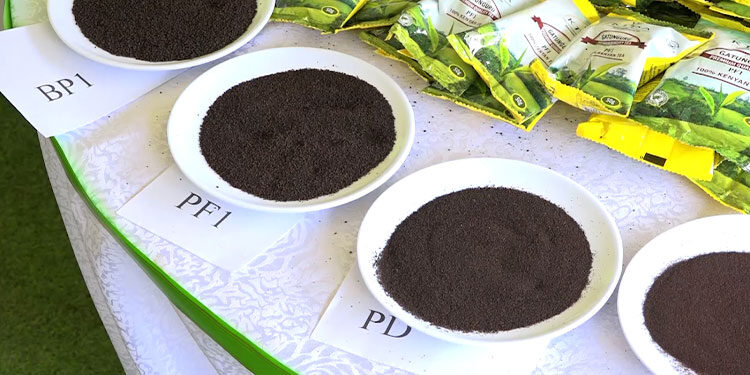The maiden consignment of value-added tea was flagged off by Cabinet Secretary for Agriculture Hon Mithika Linturi who was joined by Amb. John Mwangemi,the KPA Ag. MD.
The volume of tea to export markets from the Port of Mombasa has grown steadily with the port handling 731,000 metric tons last year. KPA is collaborating with key government & private sector players to complement value addition by implementing various initiatives.
KPA Tariff provides lower rates for all exports compared to imports by over 40 percent, making exports more competitive on international markets.
For example, Kenyan tea competes with tea from Pakistan, Egypt in the offshore markets. Since all the teas are of higher quality, Kenyan tea gains the market because of the pricing advantage which has been contributed by lower cargo handling rates at the Port.
Export products also enjoy a longer free period in comparison to imports. In this regard, exports handled at the Port of Mombasa are less likely to incur additional costs before being loaded on booked vessels therefore making them competitive in pricing at the international markets and highly contributes to shippers/exporters increasing their profit margins.
Additionally, export cargo is received in port at least 7 days before arrival of the booked vessel, where they receive specialized attention of cargo consolidation to preserve their quality through a cargo preparation method called export consolidation.
For instance, a container of tea will not be placed next to a container of Coffee to avoid tainting the aroma of tea thus preserving the quality.
KPA has set up specialized facilities which have expanded the spectrum of different export products handled at the port. This has given exporters an opportunity to ship diverse types of commodities through the Port.
Reefer plugging points at the port supports the exportation of highly perishable products such as fish, vegetables, fruits and cut flowers. This facility is currently supporting the flower industry which now enjoys exceptionally low shipping costs by sea compared to air freight which is comparatively expensive.





